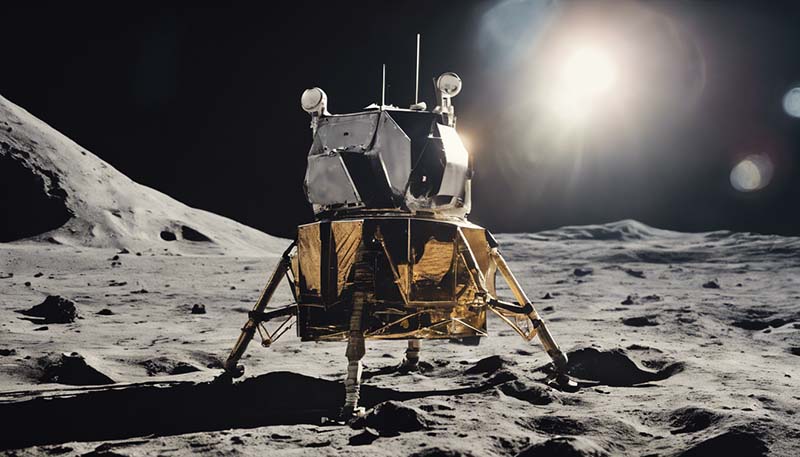The Apollo Moon Landings: A Legacy of Human Achievement
The Apollo Moon Landings represent one of the most significant achievements in human history.Between 1969 and 1972,NASA's Apollo program successfully sent twelve astronauts to the moon,six of whom walked on its surface.This monumental feat not only demonstrated the technological prowess of the United States but also showcased the limitless potential of human ingenuity and determination.As we reflect on this incredible legacy,it is important to understand the historical context,the challenges faced,and the impact it has had on our collective understanding of the universe and our place within it.
Historical Context
The Apollo program was born out of the Cold War,a period of intense rivalry between the United States and the Soviet Union.The space race,a competition to achieve superior space exploration and technology,became a symbol of national pride and technological prowess.In 1961,President John F.Kennedy set an ambitious goal: to land an American on the moon before the end of the decade.This declaration sparked a surge of innovation and determination,leading to the development of the Apollo program.
Challenges and Achievements
The Apollo program faced numerous challenges,both technological and logistical.The development of the Saturn V rocket,one of the most powerful rockets ever built,required groundbreaking engineering and design.The astronauts themselves underwent rigorous training to adapt to the harsh conditions of space and the moon's surface.The Apollo missions also had to overcome the unknowns of space travel,such as the dangers of radiation exposure and the psychological effects of long-duration missions.
Despite these challenges,the Apollo program achieved a series of remarkable milestones.Apollo 11,the first manned mission to land on the moon,took place in July 1969.Neil Armstrong and Buzz Aldrin became the first humans to set foot on the lunar surface,with Armstrong famously declaring,"That's one small step for man,one giant leap for mankind." The subsequent Apollo missions continued to break new ground,with Apollo 13's successful return to Earth despite a critical failure,demonstrating the resilience and resourcefulness of the astronauts and mission control.
Technological Innovations
The Apollo program spurred a wave of technological innovations that have had lasting impacts on various industries.The development of the integrated circuit,a fundamental component of modern electronics,can be traced back to the miniaturization needs of the Apollo spacecraft.The program also led to advancements in materials science,computing,and telecommunications,many of which have become integral to our daily lives.
Cultural Impact
The Apollo Moon Landings had a profound cultural impact,inspiring generations of scientists,engineers,and dreamers.The iconic images of Earth from space,such as the "Blue Marble" photograph taken by the Apollo 17 crew,have shifted our perspective on our planet,highlighting the need for environmental stewardship and global cooperation.The moon landings also sparked a renewed interest in space exploration,leading to the development of the Space Shuttle program and the International Space Station.
Legacy and Future
The Apollo Moon Landings remain a testament to human achievement and our innate desire to explore the unknown.As we continue to push the boundaries of space exploration,with missions to Mars and beyond,the lessons learned from Apollo will undoubtedly guide our path.The legacy of the Apollo program serves as a reminder that, with vision,determination,and collaboration,humanity can overcome the most daunting challenges and reach for the stars.
with vision,determination,and collaboration,humanity can overcome the most daunting challenges and reach for the stars.
Leave Your Comments